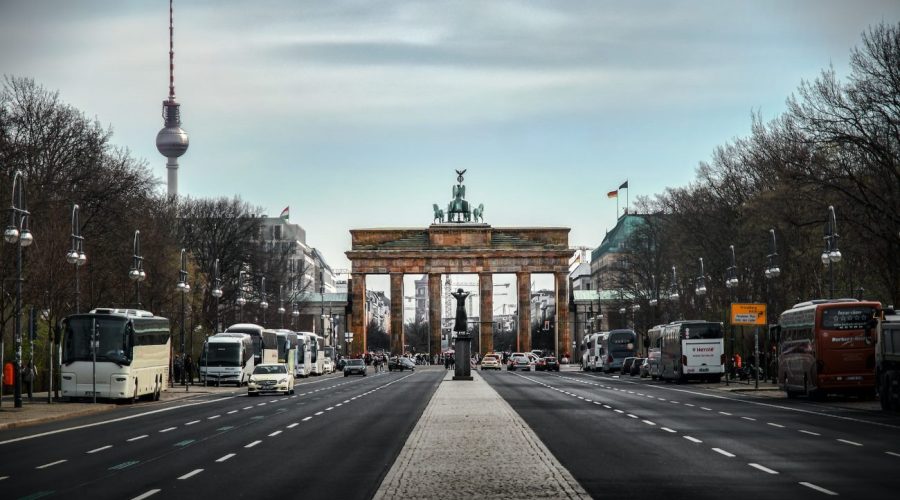Exploring the Red Light District in Amsterdam City Centre
Amsterdam, the capital of Netherlands, is well known for its modern culture, the beauty of the canals and the individual sights. One of the attractions that usually catches visitors’ attention is the sao known Red Light District. In this blog, we will discuss what is the Red Light District and how to locate it, and also the cultural and historical importance it represents.
What is The Red Light District.
The Red Light District, also known as “De Wallen” in Dutch, is the area in Amsterdam that is known as the place where there is legal prostitution and really wild nightlife. It is a toleranced district for sex work, permitted under given conditions. Although prostitution is legal in the Netherlands, it should be noted that it is still a disputed subject and constantly subjects for discussions.
Location and Layout
The Red Light District is located in the city center of Amsterdam making it easily reachable for people who enjoy visiting the city and local inhabitants. It is situated inside the medieval old town and it is bounded by some streets among those listed:
- Oudezijds Voorburgwal
- Oudezijds Achterburgwal
- Stoofsteeg
- Trompettersteeg
District is composed of several alleys, canals and side streets. There is one notable canal in this area the Oudezijds Achterburgwal canal passing for a part through the district giving a prefered and typical atmosphere.
Historical Significance
The Red Light District has a rich belief of history stated back in the 14th century. During those days Amsterdam was the important port and attracted sailors and merchants from all corners of the world. The district grew up to become the favourite haunt of sailors who came there in search of amusement and company on shore.
Window Prostitution
One of the most notable features of the Red Light District is its window prostitution, where sex workers engage with clients through windows offering not only windows showing the prostitutes but also specialized transaction desks and a little area with every service that these girls could possible provide. Along the streets of the area, there are numerous window displays with red lights and behind the windows, prostitutes can be found who are willing to sell their services. This unique form of solicitation is perch legal and is regulated.
Cultural and Tourist Attraction
Although the Red Light District is first and foremost aimed as a platform for the sex industry, it has incidentally attracted a cultural and a touristic dimension. There are numerous bars, cafes, restaurants and shops in the vicinity. There are several of narrow and picturesque streets of can explore or else here there are several of museums where you can learn about history and culture of this district.
Tips for Visiting
If you are going to Red Light District, here are some tips to bear in mind:
- Treat the workers with respect: The sex workers in the area are doing legally. Be considerate and do not take photos or do any form of harassment.
- Respect Local Rules: One must be aware of local rules that govern in the district. Do not intrude over private space, keep on marked paths and will cause any disturbance.
- Follow diversity: The Red Light District is a cultural melting pot of origin. Accept the differences and be receptive to various persons.
- Exercise caution: Any area of this nature has potential safety issues, you might be aware of your belongings, and be safe. View dark alleys, and stay in well-lit and populated places.
- Try other activities: HP Amsterdam of course panties fascinating, but do not forget that Amsterdam rich culture, such as its museums, art galleries and lovely canals.
Conclusion
The Red Light District in Amsterdam City Centre is an excellent example of its special and provocative area which is well known for its legalized prostitution, rich history and diverse nightlife. As it may interest curious tourists from everywhere, it is necessary to approach the district with the respect and up-to-date knowledge about cultural and legal requirements. This can be discovering by way of following regional guidelines and welcoming diversity by visitors, who can all the same benefit from the district’s historical charm and enjoys cultures mixed that comes with whether or not Amsterdam has to offer.
Table of Contents



